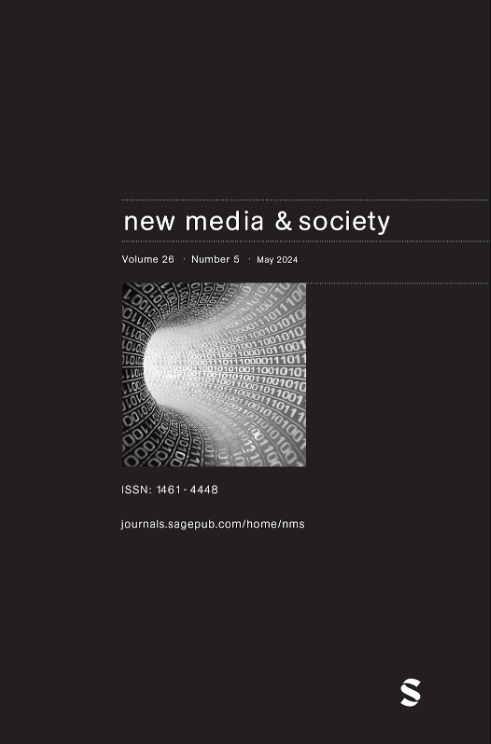Culture machine: How MetaCLIP codifies culture
IF 4.3
1区 文学
Q1 COMMUNICATION
引用次数: 0
Abstract
How is the cultural made computational? CLIP models are a recent artificial intelligence (AI) innovation which train on massive amounts of Internet data in order to align language and image, deploying this ‘grasp’ of cultural concepts to understand prompts, classify images and carry out tasks. To critically investigate this cultural codification, we explore MetaCLIP, a recent variation developed by Meta. We analyse the model’s metadata, a single file of 500,000 terms that aims to achieve a ‘balanced distribution’ or sufficiently broad understanding of concepts. We show how this model assembles histories, languages, ideologies and media artefacts into a kind of cultural knowledge. We argue this codification fuses the ancient technique of the文化机器:MetaCLIP如何编纂文化
文化是如何被计算化的?CLIP模型是最近的一项人工智能(AI)创新,它对大量互联网数据进行训练,以使语言和图像保持一致,利用这种对文化概念的“掌握”来理解提示、分类图像和执行任务。为了批判性地研究这种文化编纂,我们探索MetaCLIP,这是Meta最近开发的一种变体。我们分析模型的元数据,这是一个包含500,000个术语的单一文件,旨在实现“平衡分布”或对概念的足够广泛的理解。我们展示了这个模型是如何将历史、语言、意识形态和媒介人工制品组合成一种文化知识的。我们认为这种编纂融合了古老的清单技术和最近的潜在空间技术。最后,我们将这些技术构建为文化机器,这些文化机器在无形和大规模地定义和操作对“文化”的特定理解方面发挥作用。
本文章由计算机程序翻译,如有差异,请以英文原文为准。
求助全文
约1分钟内获得全文
求助全文
来源期刊

New Media & Society
COMMUNICATION-
CiteScore
12.70
自引率
8.00%
发文量
274
期刊介绍:
New Media & Society engages in critical discussions of the key issues arising from the scale and speed of new media development, drawing on a wide range of disciplinary perspectives and on both theoretical and empirical research. The journal includes contributions on: -the individual and the social, the cultural and the political dimensions of new media -the global and local dimensions of the relationship between media and social change -contemporary as well as historical developments -the implications and impacts of, as well as the determinants and obstacles to, media change the relationship between theory, policy and practice.
 求助内容:
求助内容: 应助结果提醒方式:
应助结果提醒方式:


